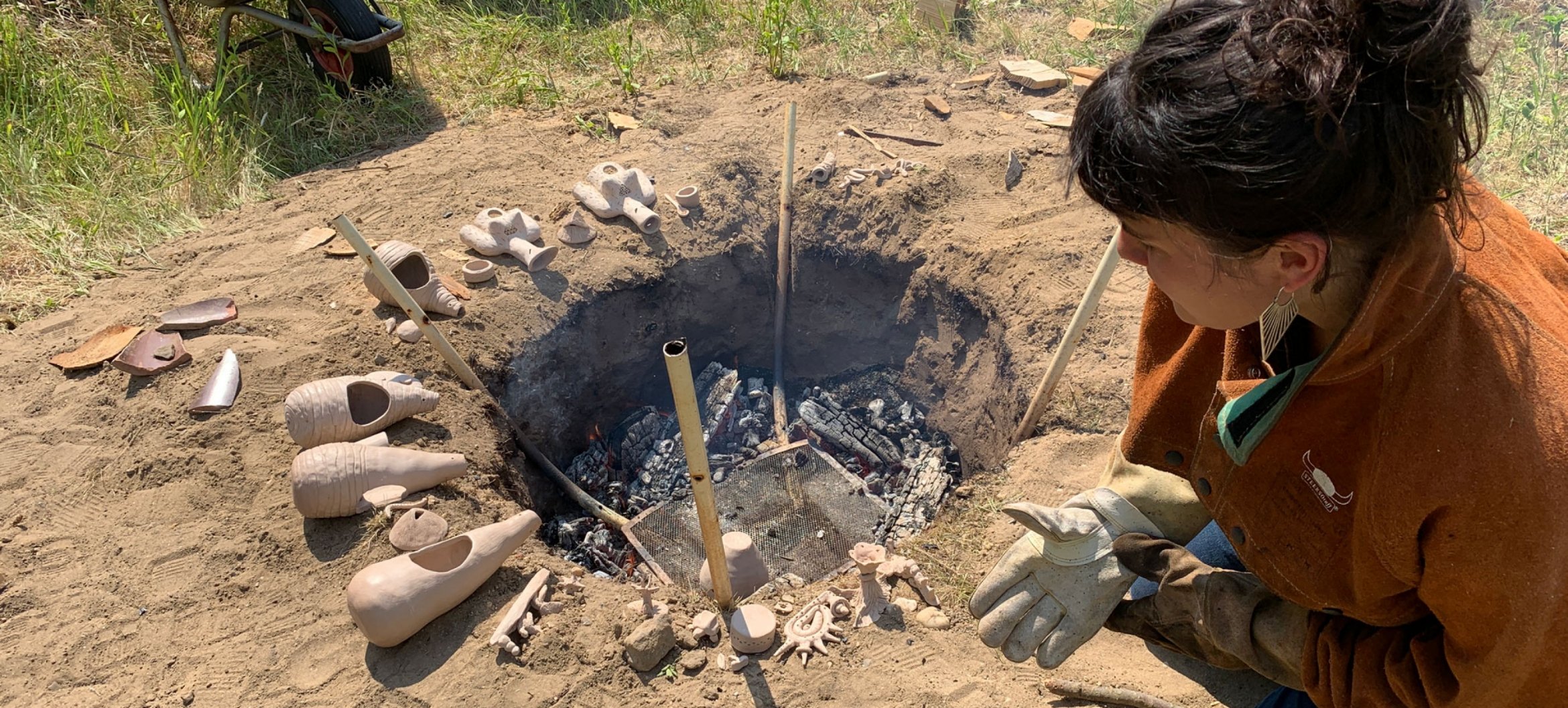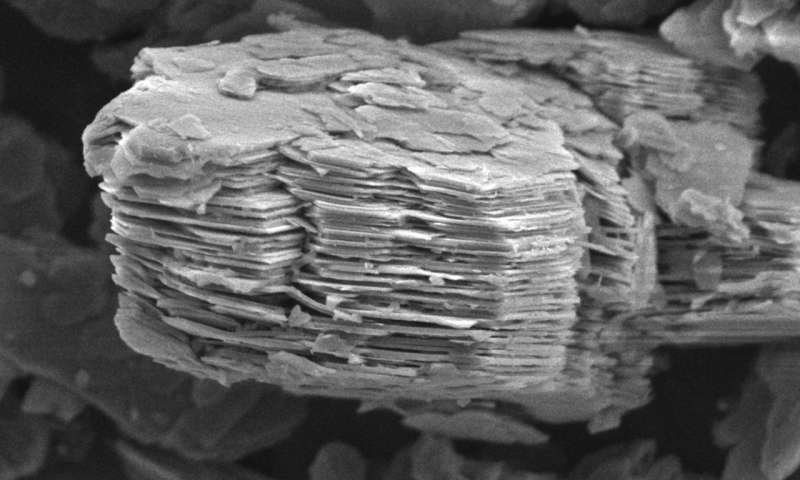Lina Bravo

Clay laboratory for a home in construction
My artistic research methodology starts with my body and the study and recognition of my identity through artistic practice. It is fed while working with several materials, clay, and images being the most prominent, writing, mapping spaces, situations, and most importantly, by the encounters with people. I aim to deepen the educational aspect of it by finding ways of socializing the processes by which arts have permitted me a personal intimacy and empowerment, to think together and enrich individual and collective living practices of critical making.
My educational practice is based on the generation of collective hubs for aesthetic exploration and experimentation. My interdisciplinary artistic research goes towards enabling practices of caring, thinking - with others and becoming – with different materials. I want to work for an education that stands for creative thinking, collective care, and experiential knowledge production because I believe through it, societies can build themselves with social justice and face conflicts through creativity and practices of partial recuperation instead of violence.

Living under the COVID- 19 quarantine in the Netherlands and observing the different experiences of isolation policies in the world, a broad understanding of the concepts of home and house became inevitable for me. The Corona crisis highlights social inequality and the violent capitalist and colonial structures. Housing is an excellent example of it. Stay home does not have the same meaning for everyone on this planet. Being aware of the privilege that staying safe at home means, I spent weeks frozen by anxiety yet, slowly, started moving. The first significant move was to bring home 10kg of terracotta clay. From stillness, a small and humble construction game began. A bird carrying a nest in the back, a small house in the roots of a big tree and a couple of houses that remind amazonian Malocas, started appearing inside my hands and with them, new thoughts and an eagerness for researching about the house- home and their relation to the body. What do they mean to me, and what do they mean to others?
The title my final essay: Escarbando La Casa Grande, means Digging The Big House in Spanish. The Big House, as a concept, comes from the Native Amazonian cosmologies.
In the Amazon, Native Communities live in big houses called Malocas4. By no means, I intend to appropriate this concept, because I am entirely aware of the distances. The Maloca has come to my hands shaped by clay as a metaphor and “Metaphors are like a living museum of confict resources”. People talk about confict through images, and through their contemplation, we can understand the subtilities of the confict. My clay fgures were an honest entrance to the pandemic world’s scene because I started to work from affection.
Clay has taught me to experience my home and my house as cosmo-political terrains, claiming my space in the world from inside them and remembering that this planet is indeed our big house, our big home. It needs us to be political with radical tenderness in all instances.
The Maloca is a large communal house inhabited by the indigenous of the Amazon. In a general sense, it is also a traditional social unit, a type of dwelling whose symbolism represents for Amazonian communities and a synthesis of the universe. In other words, the Maloca is a divine archetype, the womb of the mother earth, the house of the sun and moon and the receptacle of the celestial ray. Although the Maloca type changes depending on the community and the design has been altered due to the time and place, it is common that, on the density of the jungle, a conical or cupular structure of great size raises above the trees. This form reproduces the configuration of the worlds occupying the cosmos
This involvement of concept, emotion, and clay through metaphor was my research's initiator. My research continued with poetic writing and video making. As an expansion of the inquires about the metaphors for home and house, I created two critical making laboratories: About the House the Body and the Mud and Claying Laboratory For a Home in Construction. The laboratories are hubs for affect and intimacy and for building criticality collectively through making and discussing. Clay is the constructing media, and its specific properties shape the experience. It forms part of the laboratory as a non-human educator.
Clay’s features vary depending on its origin and weather conditions; this means it is territorial. From a piece of clay, one can have an understanding of the landscape. Its molecular structure looks like a book. Water molecules hydrate the sheets, so the more humidity it has, the more plastic it is. Understanding the relationship between the warm of the hands, the dryness in the air, and the properties clay has in different humidity stages is vast learning. Clay is an educator due to its materiality. Following this idea, my first task is always to invite the participants to breathe and attune with it through their tactile perception. This way, embodied learning starts.
Considering the work with clay is an ancient and contemporary technology, I propose to construct houses or homes to think about those concepts, bring metaphors, and feel the emotions that come when doing so. My objective is to raise awareness of the automaticity in which we take them for granted as something we already know and something everyone has. The truth is everyone experiences it in a different way depending on many variables. Politics and power complexly cross the delicate balance between the personal, the private, and the public, and its relation to the property. Even though the home may be a feeling and a spiritual place, it may not be safe for everyone why? It is worth asking these questions and finding ways to talk about these urgencies through different channels of expression.
This page was last updated on November 27, 2020